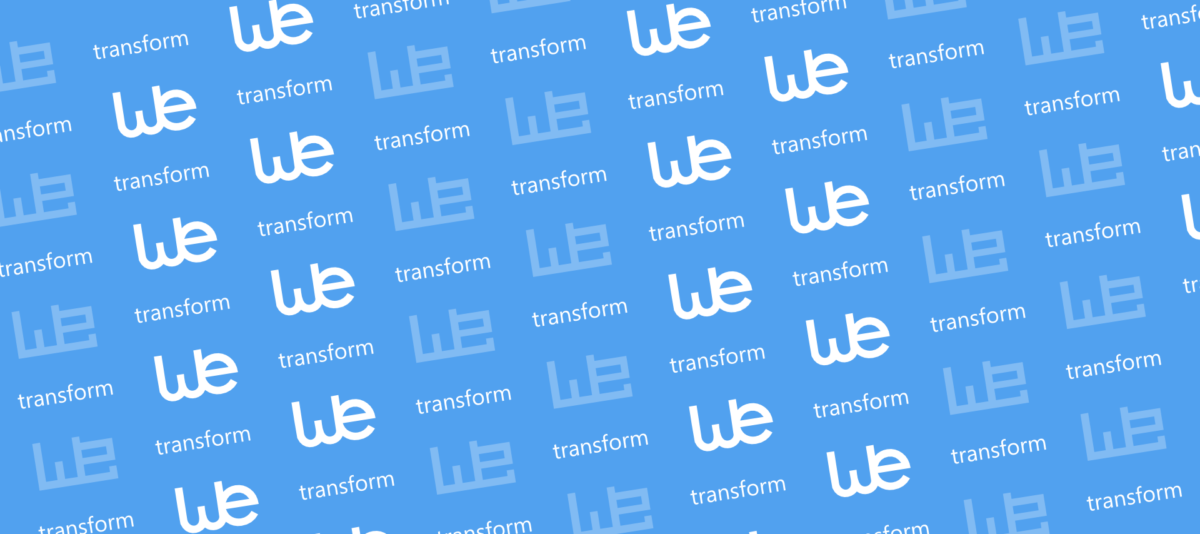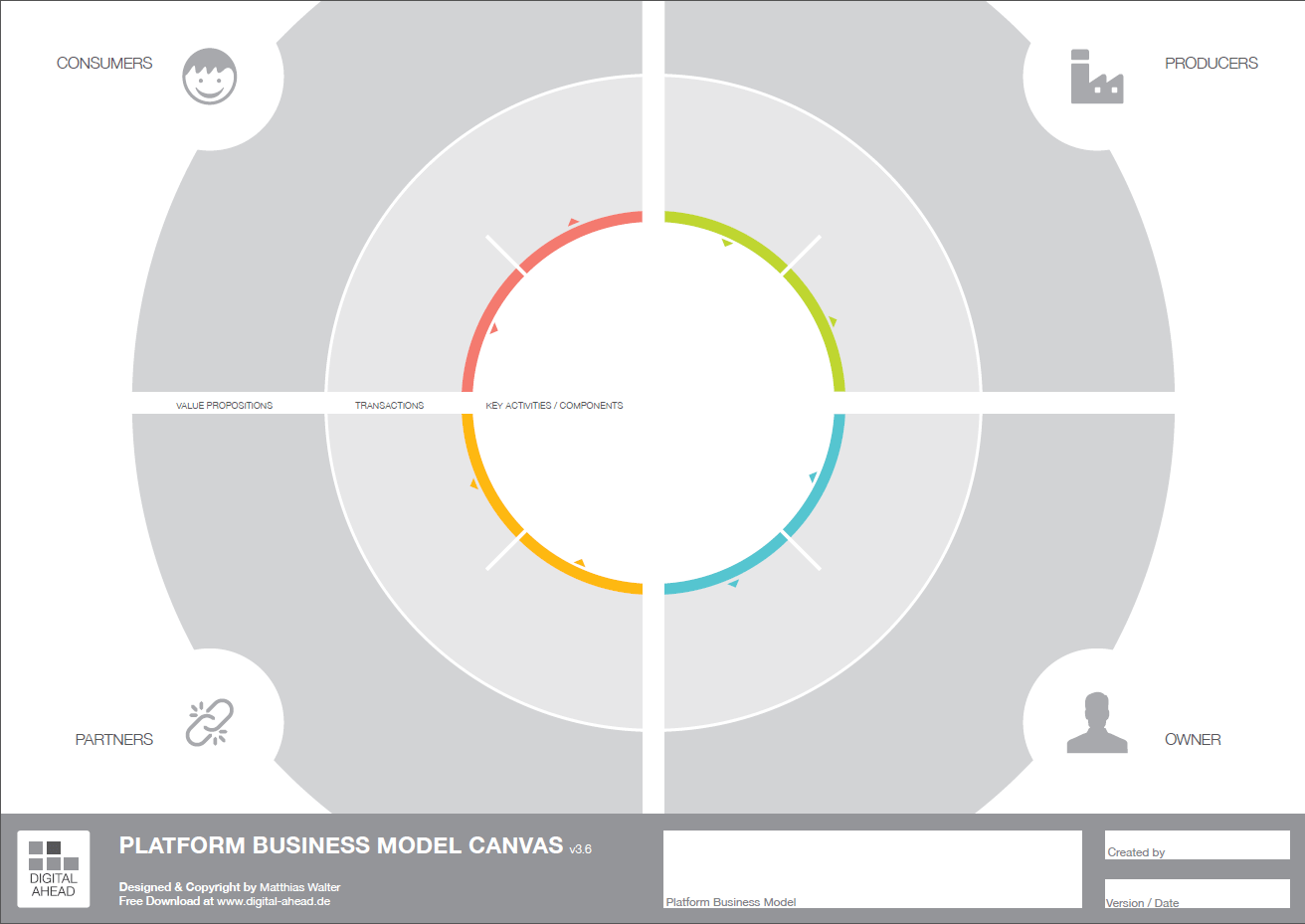
INSPIRE: The next Platform Revolution?
At our INSPIRE and Beyond conference, I shared some thoughts on INSPIRE as an open platform market, and about its potential to change how we utilize spatial data. As only about 35 of you were able to attend that presentation, I got several requests to also outline my thoughts on the matter in an article. So here you go!
What is a Platform Market?
You have probably heard about many of the most successful businesses of our time, such as Uber, AirBnB and Amazon. They have all been hugely successful and have been able to acquire millions of happy users.
What all these Platforms share is that they enable demand-driven growth by leveraging underutilized resources. Here are a few examples of platforms and the underutilized resource they made accessible:
- AirBnB – Apartments
- Uber – Private Cars
- INSPIRE – Geospatial data
Making such resources available means that supply-side economics don’t play a big role in such platform markets. In a properly managed platform, the market is only limited by how much demand there is.
Platforms provide value units of at least one type:
- AirBnB – Apartment Rental
- Amazon – Article that can be bought
- LinkedIn – Job Posts, Profiles, Group Posts
- YouTube – Videos
- INSPIRE – Spatial Data Sets and Services
Platforms are often two-sided or multi-sided marketplaces. This means that there are multiple stakeholder groups, not just the two groups typically involved into a single producer – consumer transaction. For INSPIRE, you will have these groups:
- Regional, national and European Platform providers
- Regional, national and European Data Providers
- Regional, national and European Data Users
- Service Providers
- Service Users
One organization or person can take multiple roles at the same time, or in temporal succession.
A successful platform has to provide value to all actors, and the capture of value needs to be balanced carefully. If one group is extracting too much value, the platform can fail quickly. As an example, consider Uber, the ride-sharing platform: Most risks and costs lie with Drivers, some with Passengers, but basically none with the Platform operator. This has led to significant protests as well as legislation being passed that effectively banned Uber from operating in many territories.

In addition to the value provided to the various actor groups, there are also external effects, so called Externalities:
- Positive Externalities:
- ParkNow - Lower environmental disturbance due to less park space search
- Negative Externalities:
- AirBnB – Noise and disturbance for neighbours, value of property might go down
- Uber – Taxi drivers lose income
Platforms can take different forms. There can be proprietary platforms such as Uber for ride shares, open platforms such as Micro Four Thirds for photographic and videographic equipment, or partially open platforms such as Amazon Web Services. INSPIRE, with its common set of open standards for network services and data specifications, is an open platform. Everybody can in principle contribute to the platform as a data provider or as a data consumer.
Characteristics of Platform Markets
Not all markets are equally suited to be disrupted by a platform model. Let’s first have a look at some typical characteristics of platform markets:
- There are strong network effects, i.e. there is an exponential benefit in getting more producers and consumers on the platform;
- There are Winner Takes All tendencies, i.e. because of the strong network effects, there is a tendency for one platform to capture the entire market;
- There are dynamic effects between roles, such as interactions with content (upvoting) leading to more interactions with the same content. These dynamics can occur either inside one stakeholder group (Same-Side effects) or across stakeholder groups (Cross-side effects).
There are certain indicators for whether disruption of a market by platforms is likely:
- Information Intensive (instead of being intense in physical resource requirements)
- Unscalable Gatekeepers (there are bottlenecks in accessing the underutilized resource, such as finding it, accessing it and using it)
- Highly Fragmented (there are many smaller specialised actors)
- Information Asymmetries (one stakeholder group has far more information than another)
We can easily see that public geospatial data providers match this description well. Partially, the market for public geospatial data providers has already been disrupted: Think classical map making. Paper maps used to be based on authoritative data. Everybody who travelled a little probably had dozens, or even hundreds of these maps. Nowadays, we use Google Maps and in-car navigation systems. These mostly use data specifically captured by commercial companies such as HERE and TomTom. As a consequence, sales for paper maps have dropped dramatically.
However, public authorities still have extremely valuable data ranging from environmental monitoring to cadastral parcels to infrastructure and utilities data that could form the basis for many applications.
INSPIRE as an Open Platform
We think that when INSPIRE is implemented, it provides an opportunity for a true platform revolution of the European geospatial data market. The market for geospatial data has been growing by more than 10% each year in the last 10 years, but most of that is not captured by public data providers.
Obviously, we are not yet there entirely. Things that are missing (in practice) include:
- Standard licensing and purchasing frameworks (One-click buying for all data sets) with accessible pricing
- Widespread deployment of stable, cost-effective infrastructure software (instead of everybody trying to build and operate their own solutions)
- Modern, mainstream-accessible interfaces for accessing data (such as the current WFS 3.0) and metadata (such as RDF via LDProxy)
- A clearly articulated and balanced value proposition to all stakeholder groups
The last point is one I’d like conclude on. A recurring theme of discussions around INSPIRE was whether it’s useful to implement for data providers, and whether there would be actual use cases that can directly build on the INSPIRE infrastructure. Should the INSPIRE infrastructure become a successful platform where all stakeholders win, we – as a community – need to define these benefits quickly and clearly. So, let’s work together to make INSPIRE the next platform revolution!

